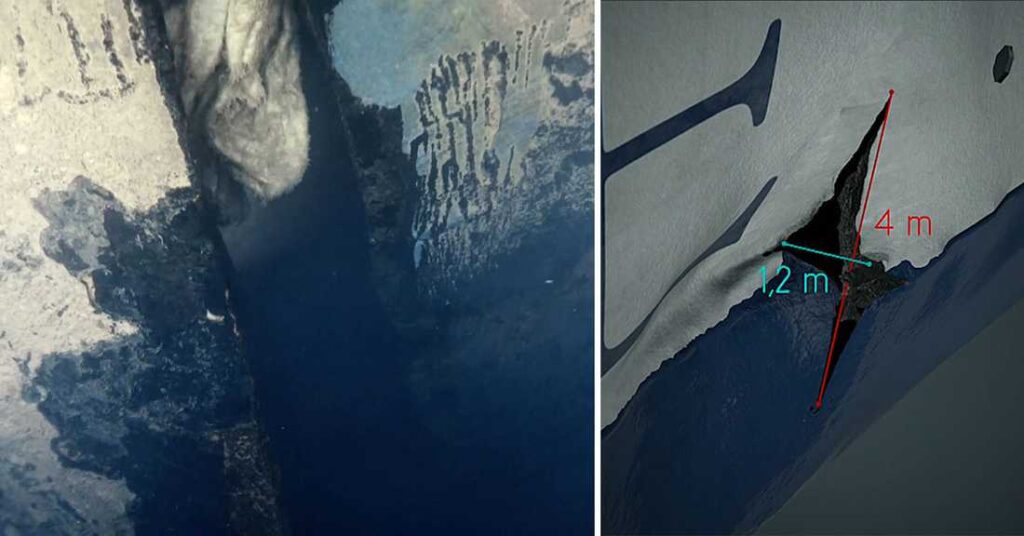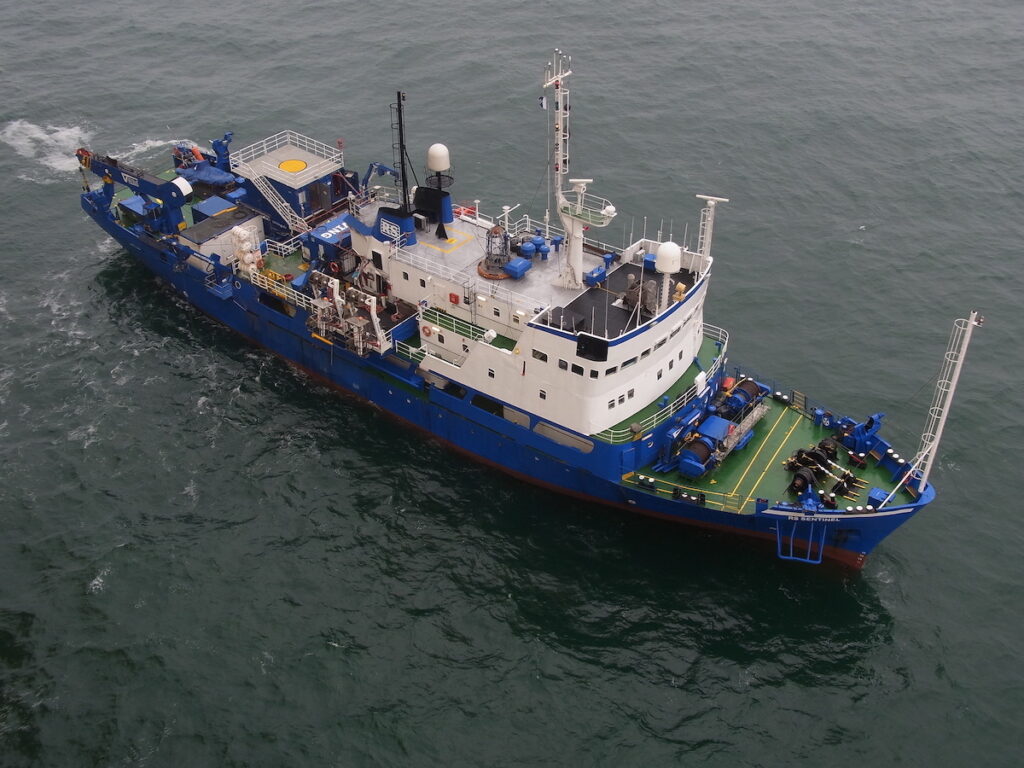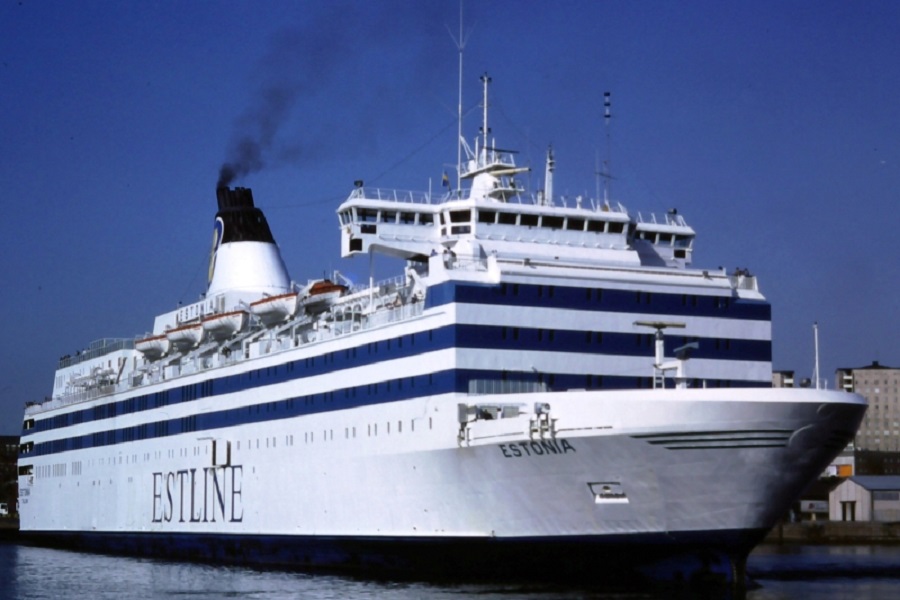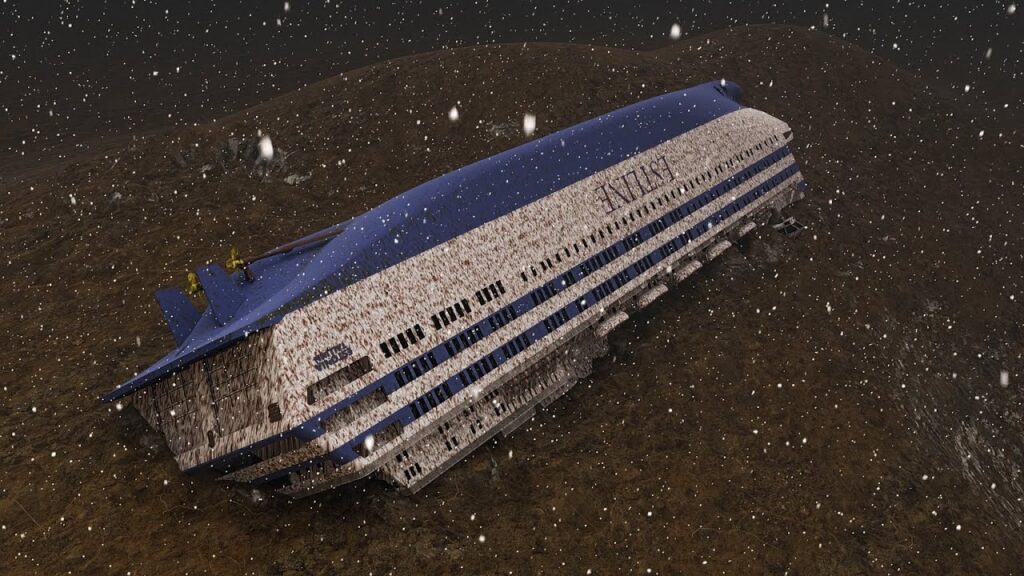Close relatives of the people who died in the sinking of MS Estonia have organised a privately initiated expedition to the wreck of the ferry; the research vessel RS Sentinel, tasked with the job, has reached the location where the MS Estonia ferry sank on 28 September 1994 and is starting an examination.
The relatives of the MS Estonia victims announced in early September they had established a foundation – Mare Liberum – to support their expedition and privately investigate the wreck of MS Estonia that sank on route from Tallinn to Stockholm on 28 September 1994 with a loss of 852 lives, the second-deadliest peacetime sinking of a European ship.
New suspicions and questions
The foundation’s manager, Margus Kurm – a former state prosecutor of the Republic of Estonia and from 2005-2009, the head of the committee for the investigation of the sinking of MS Estonia – said that “although numerous different investigations have been carried out, they have not been able to give the survivors and close relatives of the deceased exhaustive answers regarding the reason why Estonia perished.”
“Quite on the contrary, diving operations performed in the past two years have led to new suspicions and questions which require a serious investigation,” Kurm pointed out.

The expedition will look answers for seven questions: why and when did the visor disconnect from the ship?; did the ramp completely open before the sinking of the ship?; what exactly are the damage locations on the right deck, when and what caused such damage?; why and when did intermediary walls of the abaft and car deck of the ship become damaged?; does the hull of the ship have any more damaged locations of which we do not know?, what objects are located around the wreck and in the assumed trajectory of the sinking of the ship, and what is their connection with the sinking of the ship?; how exactly did different parts of the ship get filled with water?
The first job is to examine the sea bottom
Utilising RS Sentinel, a diving support vessel that belongs to the German company, RS Offshore, Mare Liberum plans to conduct underwater research and investigate the shipwreck on the sea bottom. The ship has various sonars, two groups of underwater robots and four divers with the necessary research and recording equipment.
“After gathering evidence, the entire collected material will undergo a thorough scientific analysis. Additionally, a 3D model of the bow visor of Estonia has been prepared, which now makes it possible to study damage of the visor from the distance,” the foundation said in a statement.

RS Sentinel reached the location where MS Estonia sank on 22 September and the expedition’s first job is to examine the sea bottom with a multibeam sonar.
“This doesn’t mean underwater diving – the sonar is located under the ship. The plan is to cover the entire area and to map the location of the wreck and objects that surround it,” Kurm noted.
“After that we will conduct the first preparatory examination with an underwater robot, the goal of which is to identify the exact position of the wreck and to find out whether there is anything around it that requires a more detailed examination. If we encounter no problems, our second underwater robot crew will start the night shift to perform photogrammetric scanning of damage spots of the wreck,” Kurm explained.
The deadliest peacetime shipwreck to have occurred in European waters
MS Estonia was a 16,000-ton, 157 metres-long (515.16 ft) cruise ferry, built in 1980 at the German shipyard Meyer Werft in Papenburg. It sailed as Viking Sally (1980-1990), Silja Star (1990–1991) and Wasa King (1991–1993), before named Estonia. The ferry, at the time the largest ship under the Estonian flag, began serving the Tallinn-Stockholm route in 1993 and was operated by the Swedish-Estonian shipping company, Estline.

While on a scheduled crossing from Tallinn to Stockholm on the night of 28 September 1994, the ferry sank in the Baltic Sea. The vessel disappeared from the radar screens of other ships at around 01:50 EEST (less than half an hour after the first Mayday call was issued) in international waters, about 22 nautical miles (41 kilometres) from the Finnish island of Utö.
The ship sank to the depth of 74 to 85 metres (243 to 279 ft) of water.

Of the 989 on board, only 138 were rescued alive (one of whom died later in hospital). As such, it is the second-deadliest peacetime sinking of a European ship, after the RMS Titanic, and the deadliest peacetime shipwreck to have occurred in European waters, with 852 lives lost. Most of the victims were Swedes (501), followed by Estonians (285).
The official disaster report, released in 1997, said the fatal event started when the locks on the ferry’s bow door failed from the strain of the waves and the door separated from the rest of the vessel, pulling the ramp behind it ajar. This allowed water into the vehicle deck, capsising and ultimately sinking the ship.
Cover: A rendering of MS Estonia in the seabed. The sunken ferry is resting almost upside down.


I don’t believe much in conspiracy, but I remember watching live TV next morning there they showed the captain sitting wrapped in a blanket, between rescued people, then later they told captain never left the ship, and this footage was disappeared from existence…